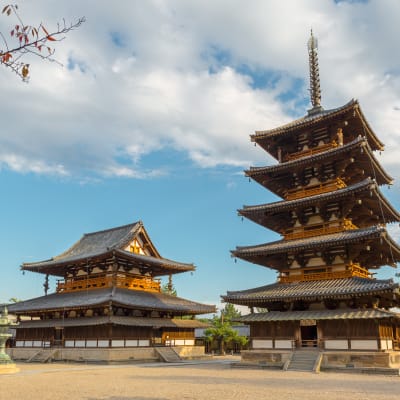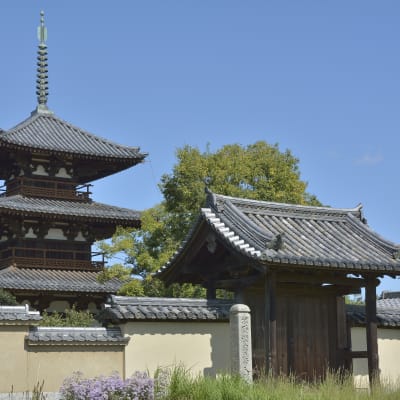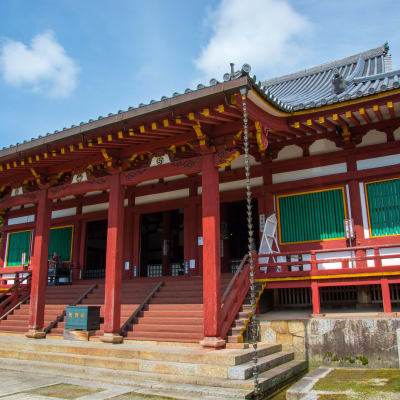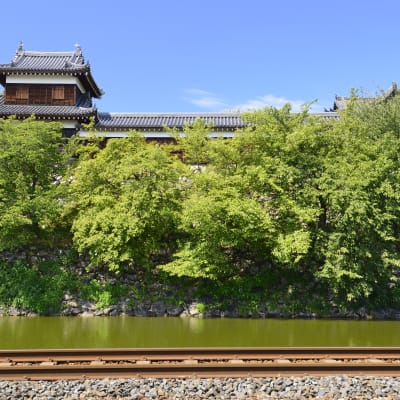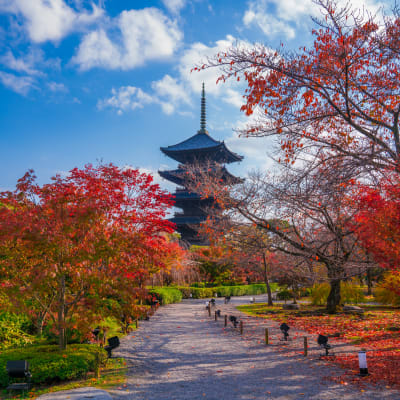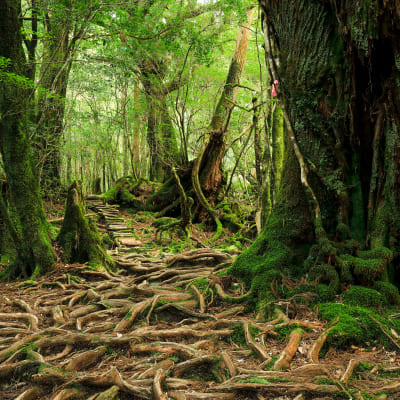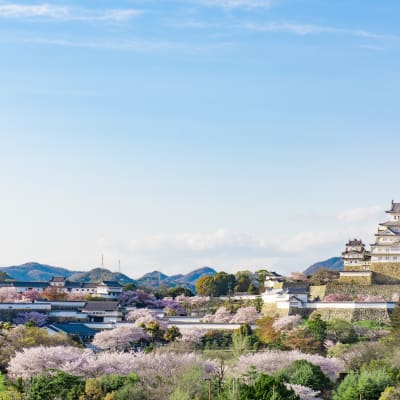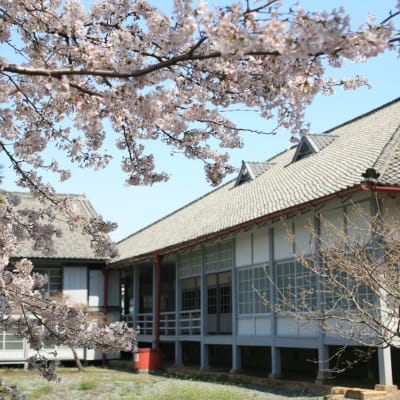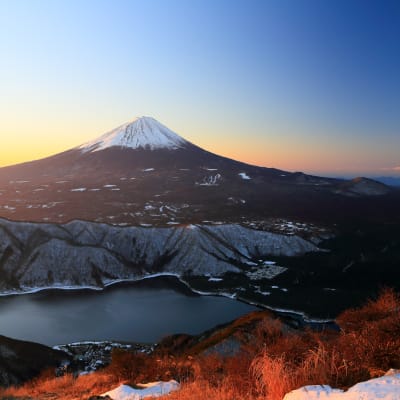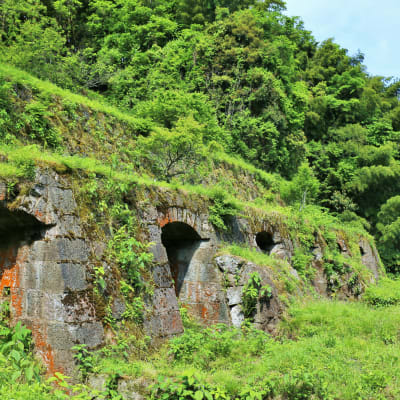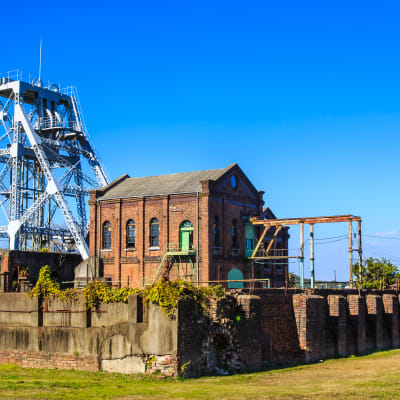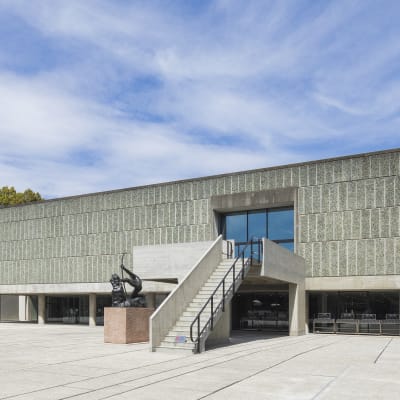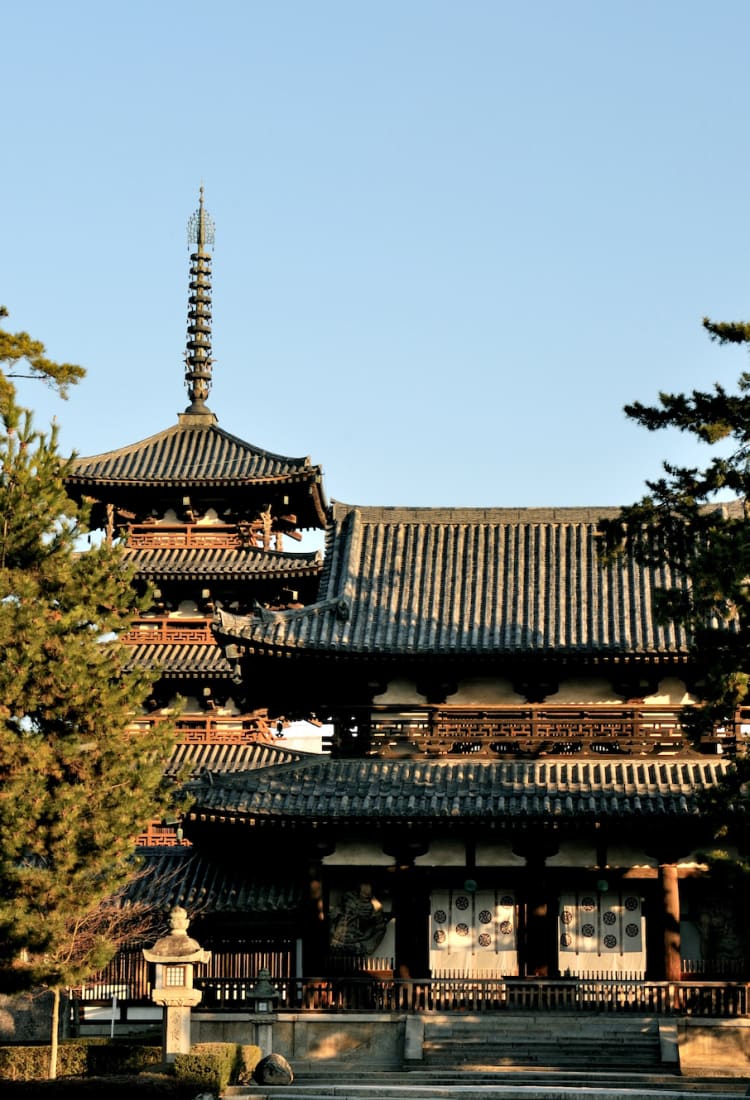

Buddhist Buildings in the Horyuji Temple area (UNESCO) Explore the world's oldest wooden buildings with Horyuji Temple at its center
Explore Ikaruga (north-west of Nara) where old buildings filled with Buddhist cultural history remain
Ikaruga is home to many long-standing wooden buildings and structures, including some of the oldest in the world that remain on Horyuji Temple and Houkiji Temple. The area itself is a font of cultural heritage, showcasing the transition of architectural methods and styles throughout the history of Japanese Buddhist temples.
Highlights
- Buddhist treasures including the Kudara Kannon wooden statue (representative sculpture of Asuka culture) are enshrined at the Kudara-Kannon Hall in Daihozoin (Great Treasure Gallery)
- Explore the birthplace of Asuka culture, the Japan's first Buddhist culture that flourished under Empress Suiko
- Nara's wide-open landscapes provide a different charm to the slimmer townscapes of Kyoto
Temples built throughout various eras of Japan's history
Buddhism was introduced to Japan in the 6th century after being carried over from China. Since then, temples venerating the belief system and its teachings have been constructed across Japan, with some of the oldest still standing in the grounds surrounding Horyuji Temple. The Kondo main hall, Five-storied pagoda, Middle Gate, and Covered Corridor were built between the late 7th and early 8th centuries, and are the oldest wooden buildings and structures in the world. Of all of them, 19 have been designated as national treasures.
The grounds of Horyuji Temple are divided into the west and east precincts, with several sub-temples being built around them from the 11th to 17th and 18th centuries. Having such a collection of temple buildings and monuments constructed across such an expanse of time in one location gives a fantastic opportunity to see the transition between architectural styles and methods used in the building of Japanese temples.
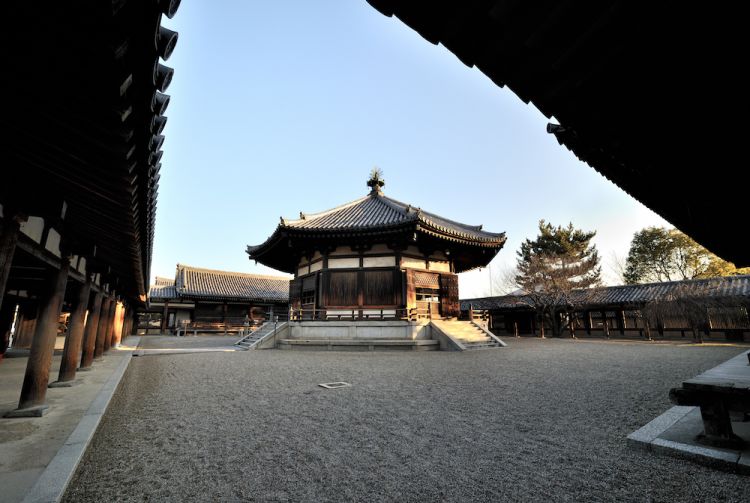
Japan's first temple designated as a World Heritage Site
Serving as the storehouse for the world's Buddhist culture, the area containing and surrounding Horyuji Temple were the first of their kind to be designated as a World Heritage Site by UNESCO in 1993 along with Houkiji Temple, under the collective Buildings in the Horyuji Temple area. Together, the grounds contain numerous National Treasures, reflecting the impact and influence of Buddhism in Japan.
Houkiji Temple was founded in the 7th century, but today only the three-story pagoda remains, completed in 706. Like the Saiin western precinct of Horyuji Temple, it was built using an architectural style that was common in early Buddhist structures.


The monuments around Horyuji Temple are said to be the earliest Buddhist monuments in Japan, dating back to shortly after following its introduction to the country from China. Their influence on the surrounding architecture is still evident to this day.
A temple still observing religious practices since its foundation in the 7th century
Since its foundation at the beginning of the 7th century, Horyuji Temple continues to observe religious practices—conducting rites and ceremonies on its grounds to this day.
Constructed by Empress Suiko and Prince Shotoku, her regent and fervent advocate of Japanese Buddhism, the temple benefitted from the protection and patronage of the imperial family and authorities of the time.
Although a fire is said to have destroyed the original buildings in Horyuji Temple in 670, rebuilding commenced almost immediately and continued on into the 8th century. Apparently, some remains of the temple's original structure still exist underground, a short distance from the southeast side of the Saiin western precinct.
How to Get There
How to Get There
From JR Osaka Station, take the Yamatoji Line on the Osaka Loop Line and get off at JR Horyuji Station. It's a 20-minute walk from the station. Alternatively, take a bus bound for Horyu-ji Sando and get off at the Horyu-ji Sando stop.
From JR Kyoto Station, take the Nara Line on the Yamatoji Line and get off at JR Horyuji Station. From the station, you can get to Horyuji Temple on foot or by bus.
From Kintetsu Kyoto Station, take the Kintetsu Kyoto/Kashihara Line and get off at Kintetsu Tsutsui Station. Then, take a bus bound for JR Oji Station and get off at the Horyuji-mae stop.




















































